Abundance: common
What: leaves
How: tea
Where: arid plains, landscaping
When: spring, summer, fall, winter
Nutritional Value: medicinal
Medicinal Summary:
Leaves - antimicrobial; congestion relief; cough suppressant; liver protection (tisane)
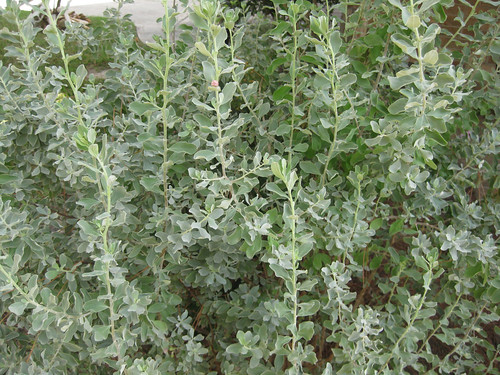
Close-up of single stalk.
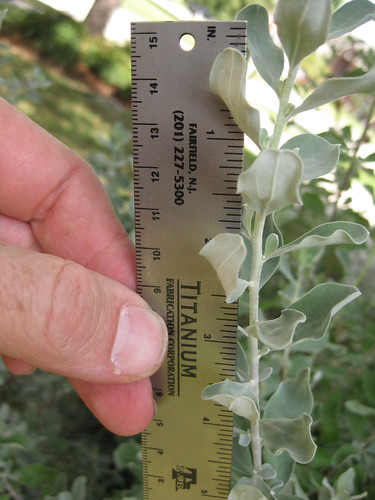
Close-up of plant tip.

Close-up of single leaf.
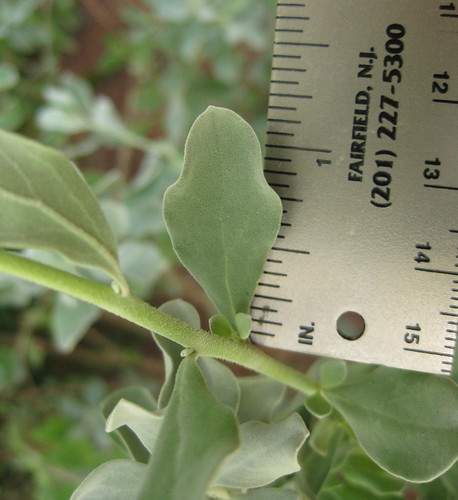
Close-up of flower.
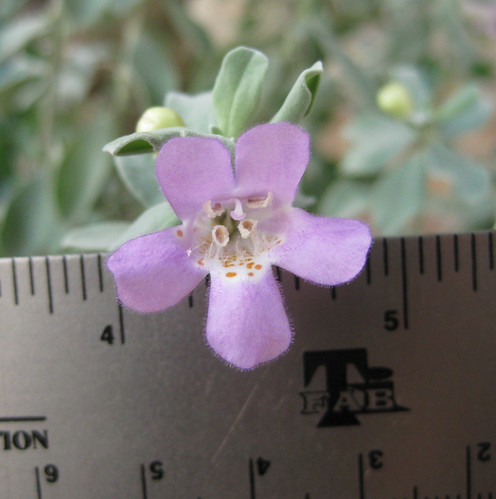
Texas distribution, attributed to U. S. Department of Agriculture. The marked counties are guidelines only. Plants may appear in other counties, especially if used in landscaping.
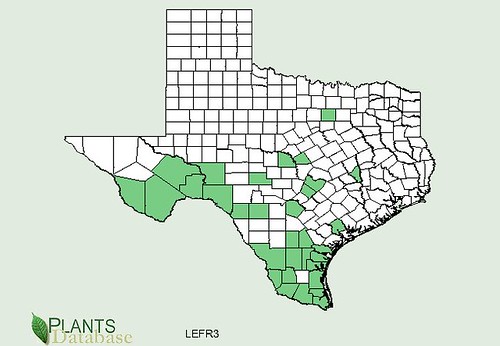
North American distribution, attributed to U. S. Department of Agriculture.
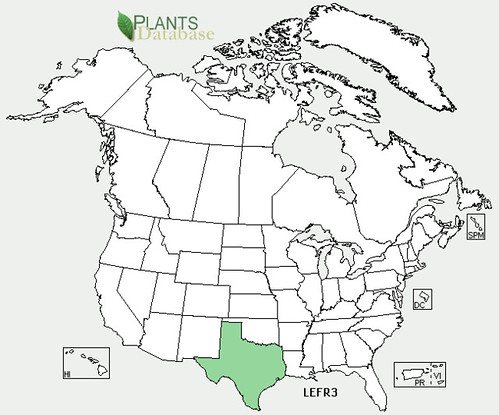
Purple sage, also known as cenizos, gives rise to the purple prairies of Texas, though it's found mostly in the more arid regions. The plant retains its leaves all year long but the flowers appear in the summer and fall, blooming after rains. They prefer full sun in well-drained, alkaline soils.
The leaves are dried and then used to make tea. This tea is an enjoyable drink and often just drank for the taste. However, traditionally this tea was also used to fight the symptoms of colds, including the congestion, fever, and coughing. Recent research has shown these leaves help protect the liver.
Purple sage can be found for sale at most plant nurseries. If you are not in their native range, plant the cezino in full sun in a raised bed to insure adequate drainage. If kept to wet purple sage may die.
Buy my book! Outdoor Adventure Guides Foraging covers 70 of North America's tastiest and easy to find wild edibles shown with the same big pictures as here on the Foraging Texas website.

